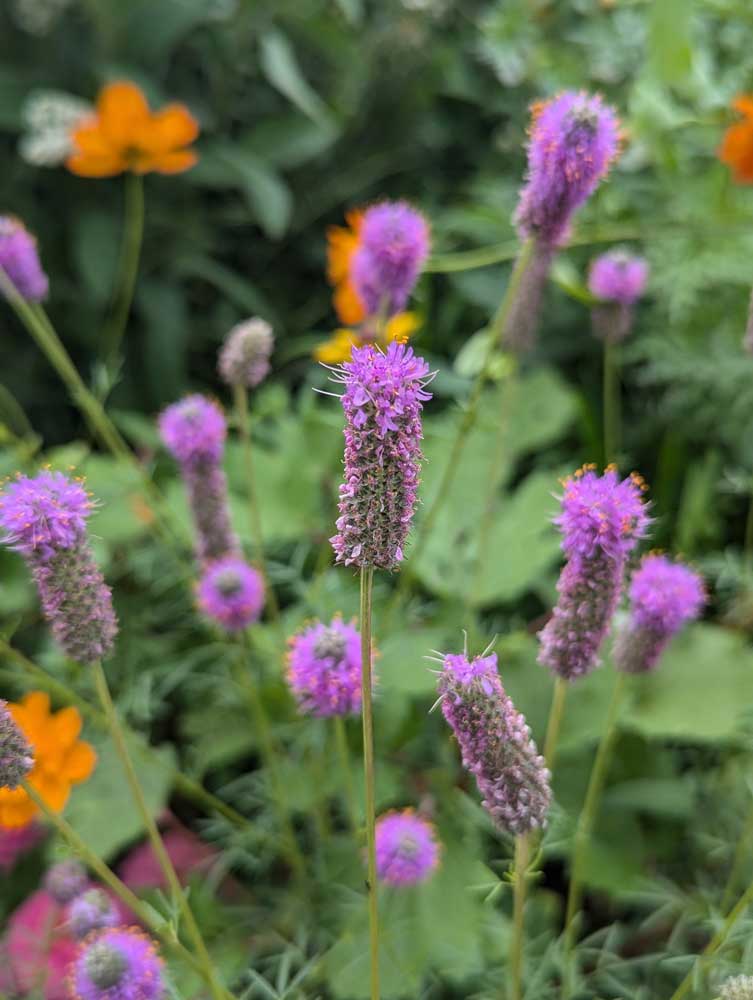About Clover
Clover is an exceptional nitrogen fixing cover crop that is not only visually stunning with its conical blooms atop tall, fleecy stems and bright colors, but also has great agricultural value. Despite its captivating appearance, this resilient plant is a crucial workhorse in agriculture.
Clover is a highly recommended choice for a cover crop due to its ability to fix nitrogen. As with other legumes, clover establishes a mutually beneficial relationship with soil bacteria. The bacteria colonize on the roots of clover and transform nitrogen from the atmosphere into a plant-usable form. This nitrogen fixation is a significant benefit for farmers and gardeners as it enables them to introduce nitrogen into the topsoil without resorting to fertilizers or other soil amendments.
When to Plant Clover Seeds
In most areas, the best time to plant clover is when springtime temps reach between 60°F to 85°F. In more temperate climates, planting in late summer/early fall is also suitable.
Use a planting and harvesting calendar to determine the best time to plant and harvest clover based on your location’s historical weather data. This will ensure optimal growth and a bountiful harvest.
Use a planting and harvesting calendar to determine the best time to plant and harvest clover based on your location’s historical weather data. This will ensure optimal growth and a bountiful harvest.
Where to Plant Clover Seeds
All clovers need full sun exposure with well-draining soil, so choose your planting bed accordingly. Do not plant in heavy clay soils unless you amend the area with organic material. Fleshy taproots increase clover’s ability to tolerate drought, but only once the plants are established.
How to Plant Clover Seeds
With hard-shelled seeds like many clovers, you may need to scarify the seeds prior to planting. Read here about how to scarify seeds. Clear the area of weeds, leaves, and debris so that your seeds can fall on bare soil. Broadcast the seed into the cultivated soil. Press seeds down to ensure good seed-to-soil contact; they can tolerate being covered with soil up to a depth of half an inch. Begin by watering the area with a fine mist spray for moisture, then water the seeds well after planting. Make sure throughout the next few weeks that the soil never fully dries out. Under ideal circumstances, germination will occur after two to four weeks.
Do not worry about thinning the plants as they grow. They will fill in the space and create a lush cover crop.
How to Care for Clover
If using for a cover crop: Take down the plants just as the tops begin to fade, but before the plants produce mature seeds. The easiest method is to slice plants off at the soil line with a sharp hoe. They can then be turned under or composted. Nitrogen nodules left behind in the soil add fertility.
If used as a garden flower or companion plant: Clover reaches a height of 3 to 4 feet high, and you can expect blooms in midsummer. Once developed, clovers are tough, low-maintenance garden plants that are an excellent source of nectar for pollinators. Leave the dried seed heads as a source of winter bird food.


